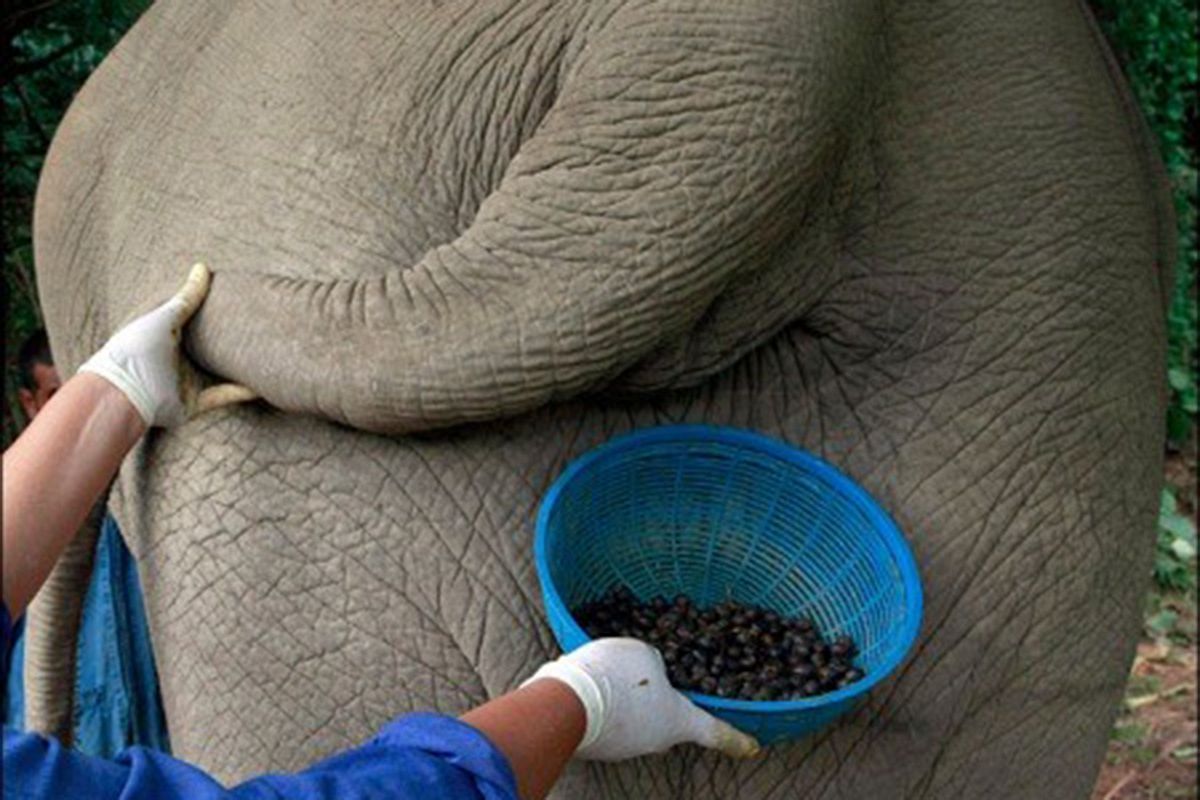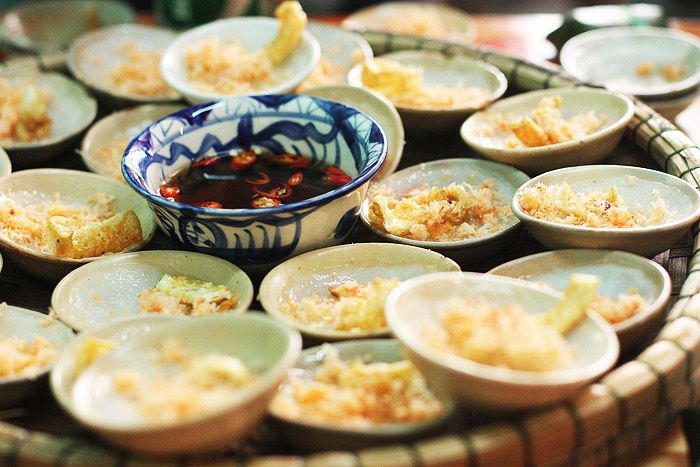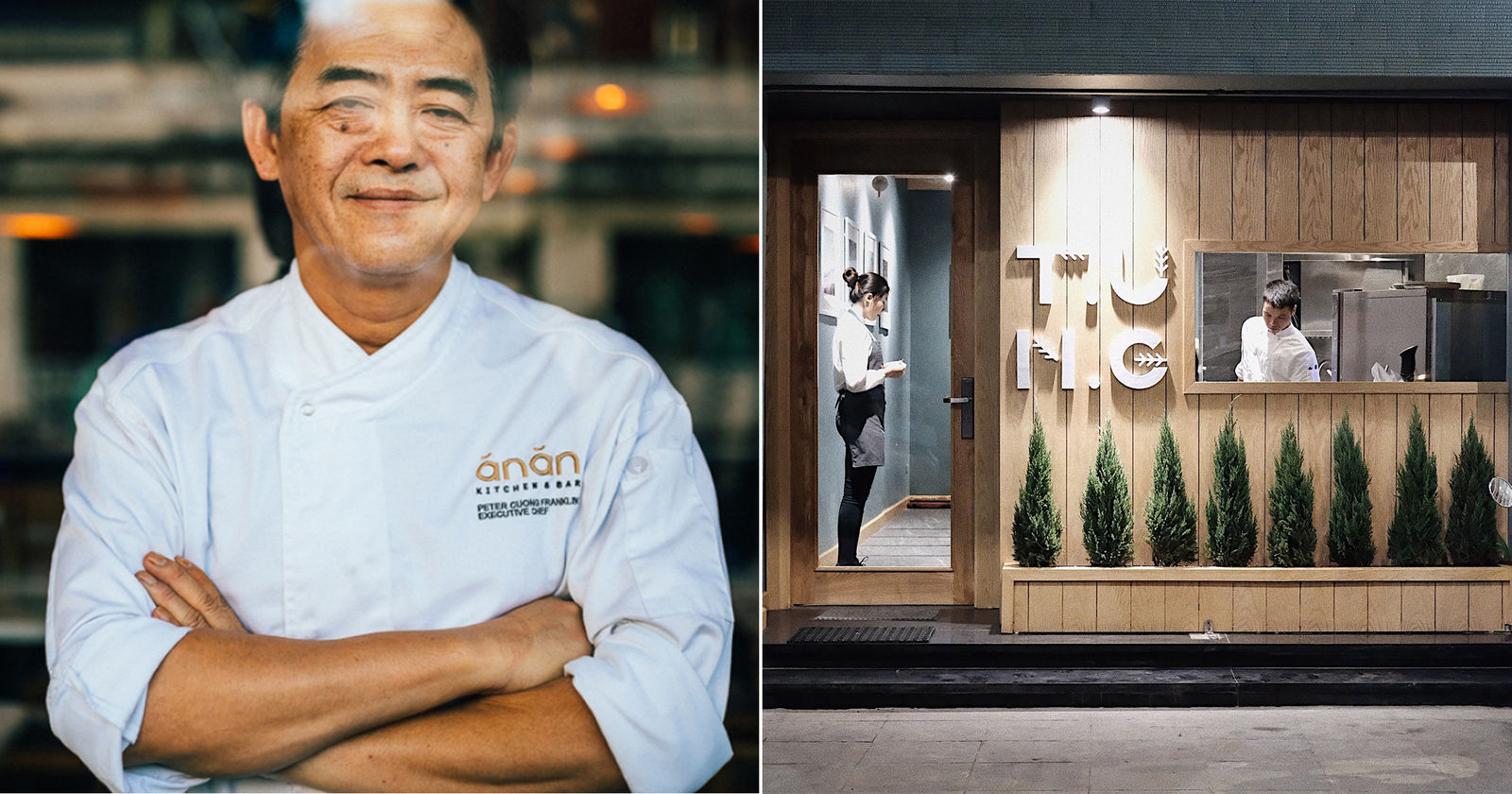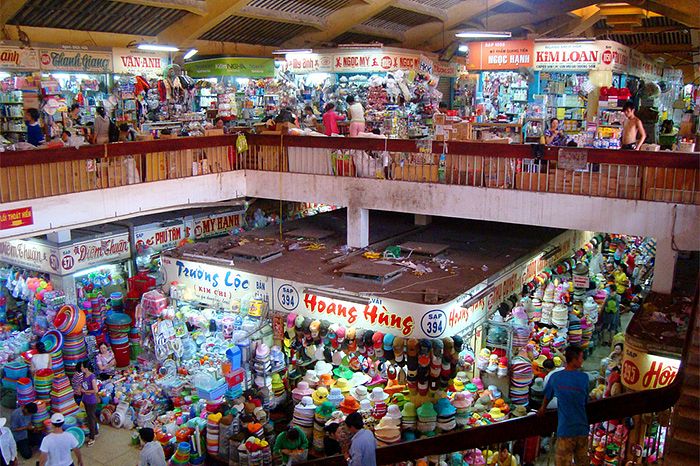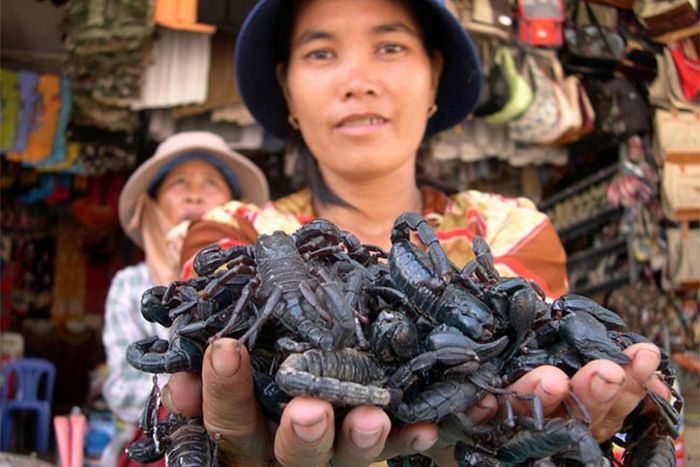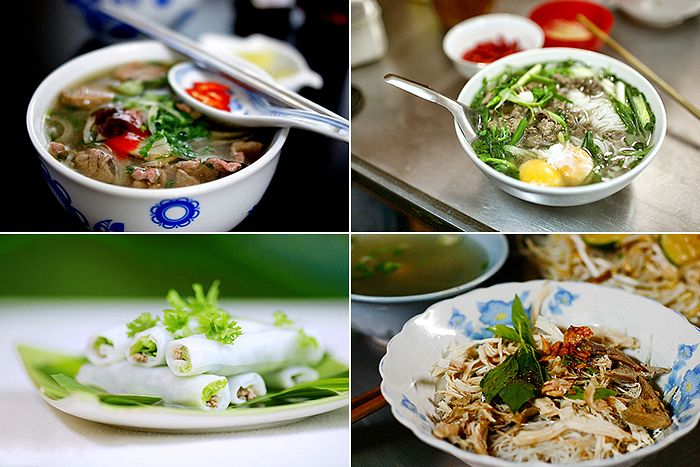Why Vietnamese Wine Gets a Bad Reputation - Part I
The rainfall in the Northern grape growing regions is much higher than that of Ninh Thuan (where many vines have been planted). Annual rainfall in these provinces varies from 1,500 to 1,900 mm. High rainfall is the main impediment that causes limited growth of vines in the North.
Ninh Thuan is a dry region with a mean temperature of 24-28 C, a low relative humidity of 72-85 percent, high sunshine hours ranging between 130-287 hours per month, an annual average rainfall of 750-900 mm and a lesser number of rainy days per year than the rest of Vietnam. These climatic conditions are fairly favorable for the growth and development of grapes.
The results from a survey on the nutrition status of 800 hectares of Ninh Thuan soil showed that the conditions were rather suitable for the growth and development of grapes, which included neutral to low acidity, high availability of phosphorous and potassium and medium level of humus content.
That is why Allied Domecq chose Ninh Thuan to experiment with vines. Experiments were underway in Ninh Thuan's vineyards with cuttings from Australia; although Cabernet Sauvignon had proven disappointing, Chambourcin was showing promise. Although experimental cultivation has now temporarily ceased, Allied Domecq bought out its joint venture partner's interest in the winery while retaining the winery's staff.
So now that we know what has been happening, can we drink the wine? It all depends on what your expectations are. Let’s be clear - do not expect any premium wines made in Vietnam, or even medium quality, at least not yet.
Lado Foods and its parent company Lamdong Foodstuffs JSC are probably the two biggest producers of wine in Vietnam. With prices starting around $2 per bottle, you tend to get nothing but plonk. However if you move to the “premium” lines (Chateau Dalat, Premium Cabernet-merlot, export series, etc.) you can get something drinkable, at a very acceptable price (around $7 to $10), however at this price range you can find some wines from Chile, which tend to provide better value for money.
Perhaps apart from the climate and soil issues, the main problem for producing quality Vietnamese wine is the lack of knowledge of wine making, as well as the wish that most producers seem to have of producing low priced wine rather that aiming for more expensive, but better quality products.
Decent wines are now being produced in China and Thailand so I hope that in the very near future, we can all enjoy a decent Vietnamese wine. The potential is there!
Alfredo de la Casa is a wine expert who runs the blog wineinvietnam. In order to increase awareness about wines available in Vietnam, Alfredo periodically stops by to profile some of his favorites, their origins and why you should consider picking up a bottle.
[Photo via Andreas Levers]


